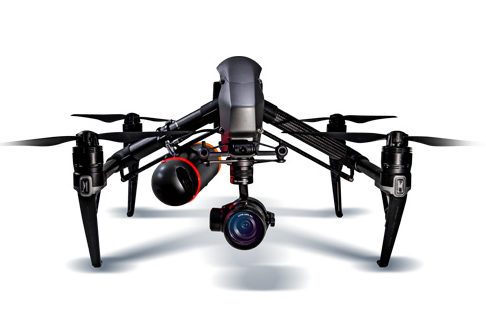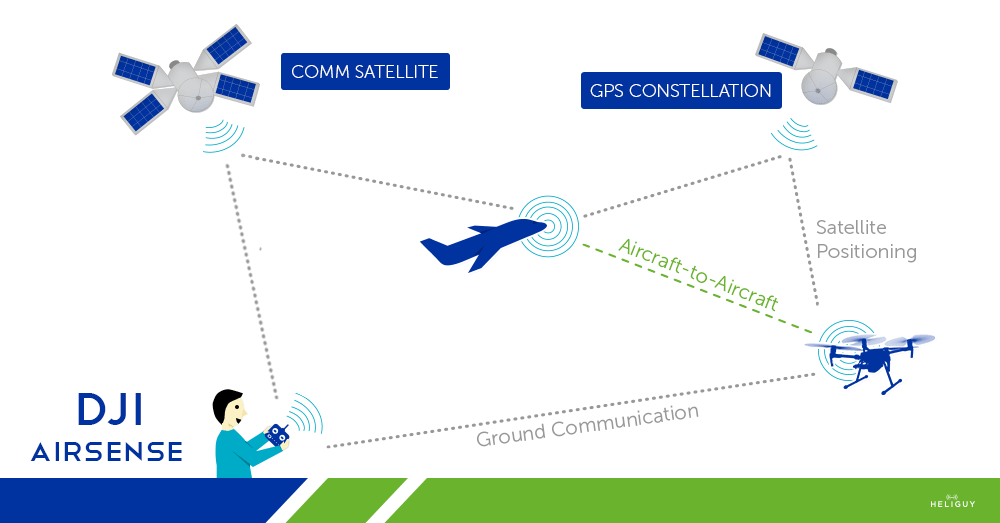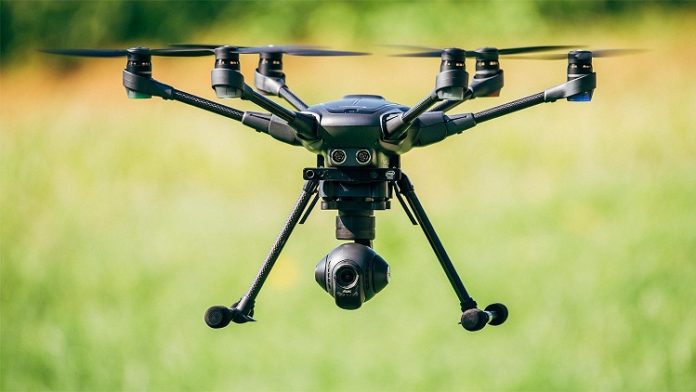With increasing public unrest and more advanced drone flights on the horizon, now is a good time to look at some of the technologies being applied and developed within the industry to help keep operations safe.
Parachutes

Parachutes have been a part of the aviation world for decades. They embody a relatively simple concept that has stood the test of time. Usually, the most precious cargo an aircraft carries is its pilot. That’s why parachutes are most often associated with ejector seats and emergency bail-outs.
In the case of a commercial drone, the emphasis switches to the safety of people and structures below, as well as the preservation of valuable payloads.
In recent weeks two companies have made progress and helped to push drone parachutes into the mainstream. Both stories came to light in early January. Airobotics announced it had been granted a waiver from the FAA for BVLOS flights over people with the adoption of ParaZero’s safety systems.
Around the same time, Indemnis and DJI announced that the Nexus parachute system for the Inspire 2 drone had been validated as compliant with the new international standard for drone parachutes following testing in December.
Geofencing
Geofencing technology has been around for a while. DJI first introduced its system in 2015 and several drone manufacturers have similar software in place. Effectively, geofencing tech creates virtual, location-based barriers that prevent drone flights and take-offs in sensitive areas: usually around airports and one-off locations where crowds will be present, like festivals and sporting events.
Applied in conjunction with the capability offered by LAANC service providers, the system is there to reassure authorities in sensitive locations that any drones flying have permission and aren’t up to no good.
You could argue that Remote ID is another part of this equation: By requiring manufacturers to build-in software that effectively broadcasts identifying information for the drone and its pilot in real time, officials are kept in the loop.
DJI’s geofencing system has received several updates and is regularly refined. Last year the industry’s leading manufacturer added a number of features to ensure that commercial operators with permission to fly in no-fly zones could get around restrictions more easily, for example.
Yuneec and Parrot also offer geofencing tools within their flight apps. Both enforce existing no-fly zone restrictions, and can also be adjusted for normal flights when beginner pilots want to make sure their drones don’t stray too far.
Computer Vision

One technology leads the way when we’re talking about drone safety: Computer vision. This sector of AI has allowed companies like Movidius, DJI, Intel and Skydio to provide drones with the visual awareness required to avoid obstacles and, in some cases, navigate around them completely.
The first major obstacle avoidance systems came to the fore in 2016, with the launch of the DJI Phantom 4 and the Yuneec Typhoon H – Intel’s RealSense technology helped with that. Since then, we’ve come a long way; arguably culminating in the launch of the Skydio R1 at the start of 2018.
Without the ability to spot obstacles and stop short of crashing into them, you can bet that drone-related accidents would be a lot more common. It’s also safe to assume that drone technology would not have seen the amount of commercial adoption that it has.
As soon as you take the pilot out of the equation, advanced computer vision is a must-have. Which is why its continued advancement is central to any major roll-outs of drone delivery services or aerial taxis in the future.
Lighting
One often overlooked safety feature for drones is adequate lighting. The standard lights that come with consumer models are rarely bright enough to meet the night flight requirements of national aviation bodies. They can also be tough for pilots to spot in gloomy conditions. More powerful lighting accessories are needed in many circumstances.
Lume Cube is one company that offers seriously bright 1,500-lumen lighting attachments; DJI’s new dual, 2,400-lumen M2E Spotlight for the Mavic 2 Enterprise is another great example. Both can be used to improve vision in low-light areas and make drones more conspicuous when operating after dark.
DJI AirSense
In October DJI announced AirSense, a feature in the DJI Pilot application that displays warnings to Mavic 2 Enterprise or Matrice 200 Series pilots when a signal from a nearby aeroplane or helicopter is detected.
AirSense alerts drone pilots of Automatic Dependent Surveillance-Broadcast (ADS-B) signals to lower the risk of collisions and disruption, providing an extra level of safety in congested airspace.

Image from Heliguy



